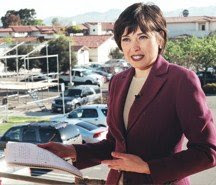Image by Getty Images via Daylife
Prescription for Better PR
As I write, I imagine the makers of Tylenol with a splitting headache. Tuesday the FDA announced acetaminophen – Tylenol’s main ingredient -- is a leading cause of liver failure. While Tylenol prepares to respond, stakeholders are watching …
Beware of Body Language: Don’t focus so much on how you respond that you overlook how you act.
When five employees became trapped in an underground hydroelectric plant, reporters flocked to the scene. The company was communicating with stakeholders and regularly briefing reporters on rescue efforts. But at the 5:00 p.m. briefing, the usually-prompt and friendly spokeswoman was late and looked angry. Her demeanor had changed and -- we knew – so had the story. Her body language put the company in the awkward position of notifying next of kin while denying reporters the truth. The rescue was now a recovery.
Never Say “No Comment:” Refusing to answer one question only raises more questions.
Recently a friend asked me how PR professionals should respond when they cannot answer the reporter’s question. Reporters don’t expect to get every question answered, they must, however, be sure they get every question asked. When you can’t answer, say why you can’t answer. If you don’t know, say so. If you are not at liberty to say something, say that.
Tip: When crises develop, prepare a response for every scenario, not just the one you want.
